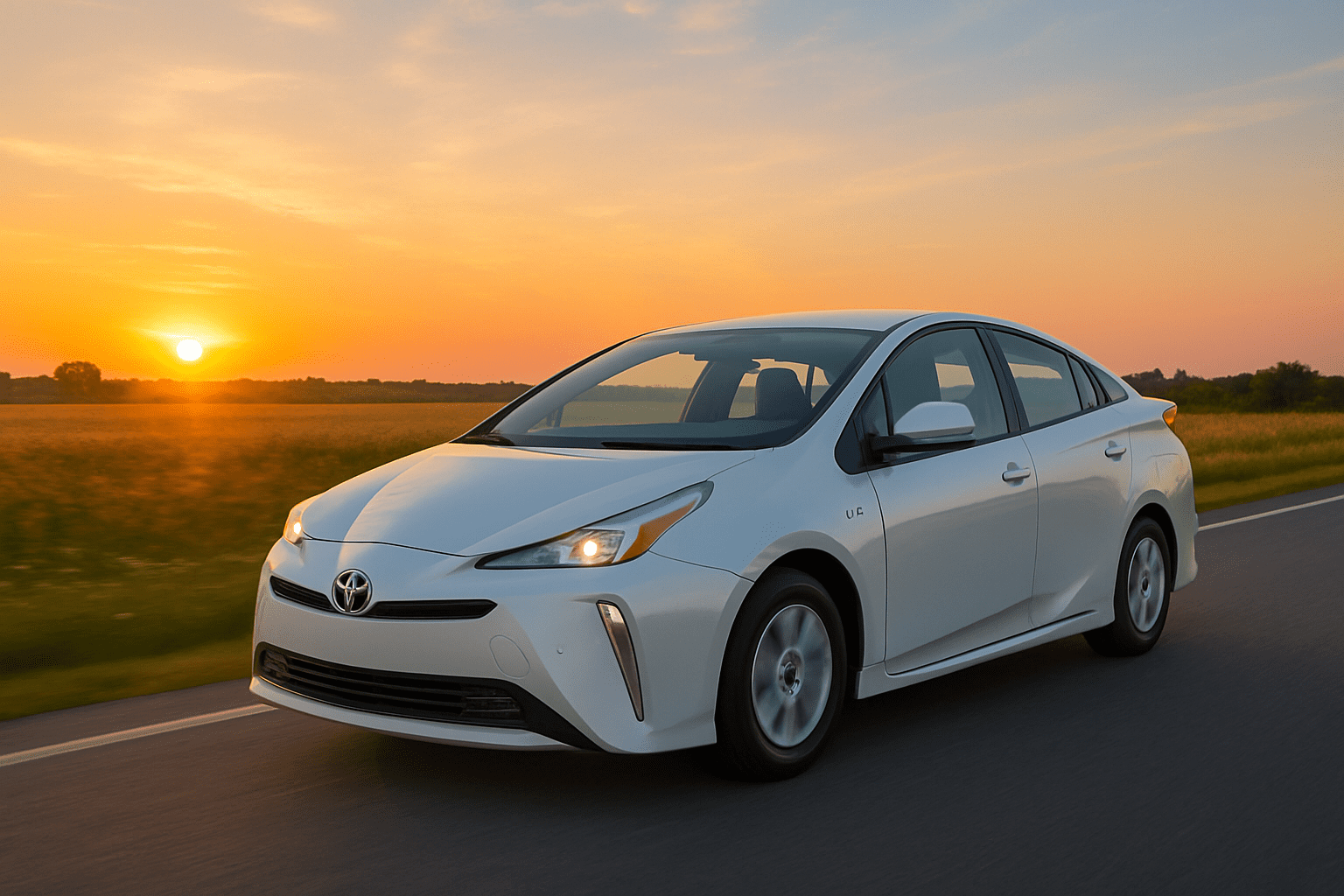Electric vehicles (EVs) are becoming increasingly popular in Orange County, California, known for its progressive approach to sustainability and clean energy. As more residents make the switch to electric, the demand for reliable and accessible EV charging infrastructure is growing. In this article, we’ll explore the importance of EV charging infrastructure in Orange County and why it’s critical to the region’s transition to electric mobility.
The Rise of Electric Vehicles in Orange County
Orange County has always been at the forefront of environmental initiatives, and the adoption of electric vehicles is no exception. With an increasing number of residents choosing EVs over traditional gasoline-powered cars, the county is witnessing a significant shift toward greener transportation.
This shift is driven by several factors, including:
- Environmental Awareness: Orange County residents are increasingly conscious of their environmental impact, making EVs a popular choice.
- Government Incentives: State and federal incentives make EV ownership more affordable, encouraging more people to switch.
- Advanced Technology: The technology behind EVs continues to improve, offering better range, performance, and convenience.
The Importance of EV Charging Infrastructure
As the number of EVs on the road grows, so does the need for a robust charging infrastructure. Here’s why having adequate EV charging options is essential in Orange County:
- Supporting the Transition to EVs
Adequate charging infrastructure is crucial to supporting the widespread adoption of EVs. Without enough charging stations, potential EV buyers might be hesitant to make the switch, fearing they won’t have access to convenient charging options. - Reducing Range Anxiety
Range anxiety—the fear of running out of battery power before reaching a charging station—is a significant concern for EV owners. By expanding the charging infrastructure, Orange County can alleviate this concern, making it easier for residents to choose EVs with confidence. - Convenience for EV Owners
For EVs to become a practical option for all residents, charging stations must be conveniently located. This includes having stations at homes, workplaces, shopping centers, and along major highways. The more accessible the charging stations, the more practical EV ownership becomes. - Environmental Benefits
A well-established EV charging infrastructure supports the reduction of greenhouse gas emissions, as it encourages more people to switch from gasoline-powered vehicles to electric ones. This transition is vital for Orange County’s environmental goals and its contribution to combating climate change. - Economic Growth
Developing EV charging infrastructure can also drive economic growth in Orange County. It creates jobs in the installation and maintenance of charging stations and attracts businesses that cater to EV owners, such as hotels, restaurants, and retail outlets near charging locations.
Types of EV Charging Stations in Orange County
There are several types of EV charging stations, each offering different charging speeds and convenience levels:
- Level 1 Charging
Level 1 chargers use a standard 120-volt household outlet and are the slowest charging option. While convenient for overnight charging at home, they are less practical for public stations due to the long charging times. - Level 2 Charging
Level 2 chargers use a 240-volt outlet and can provide a full charge in a few hours, making them ideal for public charging stations and home installations. These chargers are widely used in Orange County’s public charging infrastructure. - DC Fast Charging
DC Fast Chargers provide a rapid charge, capable of delivering 80% of a battery’s capacity in about 30 minutes. These chargers are ideal for locations where drivers need to charge quickly, such as along highways or in busy urban areas. DC Fast Chargers are a key component of the EV charging infrastructure in Orange County, as they help reduce charging times and support long-distance travel. Current State of EV Charging in Orange CountyOrange County has made significant strides in expanding its EV charging infrastructure. The region now boasts a growing network of charging stations, ranging from Level 2 chargers at shopping centers and workplaces to DC Fast Chargers along major highways. However, as the number of EVs on the road continues to increase, further expansion of this infrastructure is necessary to meet the demand.Challenges and Opportunities
While the progress is promising, there are still challenges to overcome:
- Meeting Increasing Demand
As more residents switch to EVs, the demand for charging stations will continue to rise. It’s crucial to stay ahead of this demand by planning and installing additional stations throughout the county. - Equitable Access
Ensuring that all residents, regardless of where they live, have access to convenient charging stations is essential. This includes expanding infrastructure into underserved areas and providing options for residents in multi-family housing who may not have access to home charging. - Technological Advancements
As EV technology evolves, so too must the charging infrastructure. Keeping pace with advancements such as ultra-fast charging and wireless charging will be important for maintaining a state-of-the-art network that meets the needs of all EV owners.
The Role of Businesses and Government
Businesses and government agencies in Orange County play a crucial role in expanding the EV charging infrastructure. Here’s how they can contribute:
- Businesses:
- Installation of Charging Stations: By installing charging stations at their locations, businesses can attract EV owners and provide a valuable service to their customers and employees.
- Incentives for EV Adoption: Businesses can offer incentives such as preferred parking for EVs or discounts on services for customers who drive electric vehicles.
- Government:
- Policy and Incentives: Local governments can implement policies that encourage the installation of charging stations and provide incentives for businesses and residents to adopt EVs.
- Public Infrastructure Investment: Governments can invest in public charging infrastructure, ensuring that charging stations are available in key locations throughout the county.
The Future of EV Charging in Orange County
The future of EV charging in Orange County looks bright. With continued investment and innovation, the region is well-positioned to become a leader in electric mobility. Here’s what we can expect:
- Increased Charging Availability:
As more charging stations are installed, EV owners will have greater access to convenient charging options, reducing range anxiety and making EV ownership more practical for all residents. - Smart Charging Solutions:
Advancements in technology will lead to smarter charging solutions, such as dynamic pricing, which adjusts based on demand, and smart grid integration, which allows for more efficient energy use. - Sustainability and Environmental Impact:
Expanding the EV charging infrastructure will support Orange County’s environmental goals, helping to reduce greenhouse gas emissions and improve air quality across the region. - Community Engagement:
As the infrastructure grows, community engagement and education will be key to ensuring that all residents understand the benefits of EVs and have the resources they need to make the switch.
Conclusion
EV charging infrastructure is vital to the continued growth of electric vehicle adoption in Orange County, California. By expanding and enhancing the network of charging stations, the county can support its residents’ transition to cleaner, more sustainable transportation options. Businesses, government, and residents all have a role to play in this effort, ensuring that Orange County remains a leader in environmental sustainability and technological innovation.
- Meeting Increasing Demand





